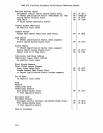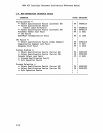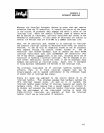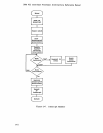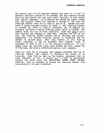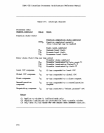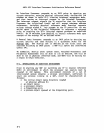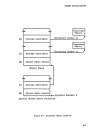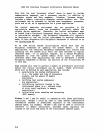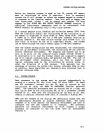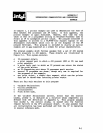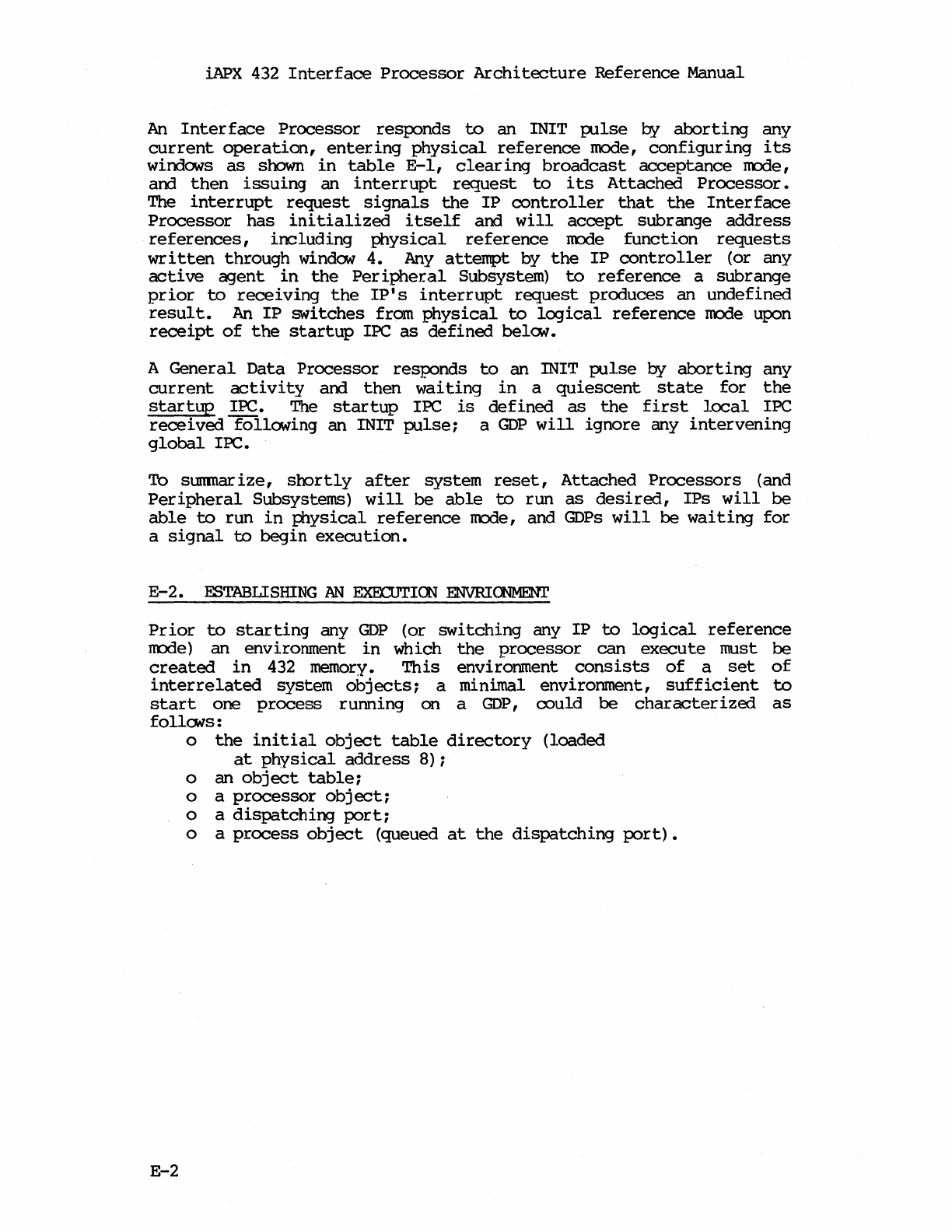
iAPX
432
Interface
Processor
Architecture
Reference
Manual
An
Interface
Processor
responds
to
an
INIT
pulse
by
aborting
any
current
operation,
entering
physical
reference
mode,
configuring
its
windows
as
shown
in
table
E-l,
clear
ing
broadcast
acceptance
node,
and
then
issuing
an
interrupt
request
to
its
Attached
Processor.
The
interrupt
request
signals
the
IP
controller
that
the
Interface
Processor
has
initialized
itself
and
will
accept
subrange
address
references,
including
physical
reference
node
function
requests
written
through
window 4.
Any
attempt
by
the
IP
controller
(or any
active
agent
in
the
Peripheral
Subsystem)
to
reference
a
subrange
prior
to
receiving
the
IP's
interrupt
request
produces
an
undefined
result.
An
IP
switches
from
physical
to
logical
reference
mode.
upon
receipt
of
the
startup
IPC
as
defined
below.
A
General
Data
Processor
responds
to
an !NIT
pulse
by
aborting
any
current
activity
and
then
waiting
in
a
quiescent
state
for
the
startup
IPC. The
startup
IPC
is
defined
as
the
first
local
IPC
received
following
an INIT
pulse;
a
GOP
will
ignore
any
intervening
global
IPC.
To
surnnarize,
shortly
after
system
reset,
Attached
Processors
(and
Peripheral
Subsystems)
will
be
able
to
run
as
desired,
IPs
will
be
able
to
run
in
physical
reference
mode, and
GOPs
will
be
waiting
for
a
signal
to
begin
execution.
E-2.
ESTABLISHING
AN
EXECUTICN
ENVRIOOMENT
Prior
to
starting
any
GOP
(or
switching
any
IP
to
logical
reference
node)
an
environment
in
which
the
processor
can
execute
must be
created
in
432 memory.
This
environment
consists
of
a
set
of
interrelated
system
objects;
a minimal
environment,
sufficient
to
start
one
process
running
on a
GOP,
could
be
char
acter
ized
as
follows:
o
the
initial
object
table
directory
(loaded
at
physical
address
8);
o an
object
table;
o a
processor
object;
o a
dispatching
port;
o a
process
object
(queued
at
the
dispatching
port).
E-2



